A circuit breaker is a safety switch for your air conditioner. It serves to safeguard your AC against overloading and short circuit. That's why when your air conditioner malfunctions, your first move is to check its breaker.
However, do you know where it is typically located? Wonder no more! You're a moment away from knowing the answer below.
Generally, you will find the air conditioner circuit breaker in places such as in your closets, basement, garage, and walls. These areas are the least accessible in your house for safety protocols.
In addition, these places are essential requirements for complying with your local building codes.
This article will walk you through the other types of breakers you might need in your house. We'll also teach you how you safely reset your breaker when it trips. With that said, let's dive right in!
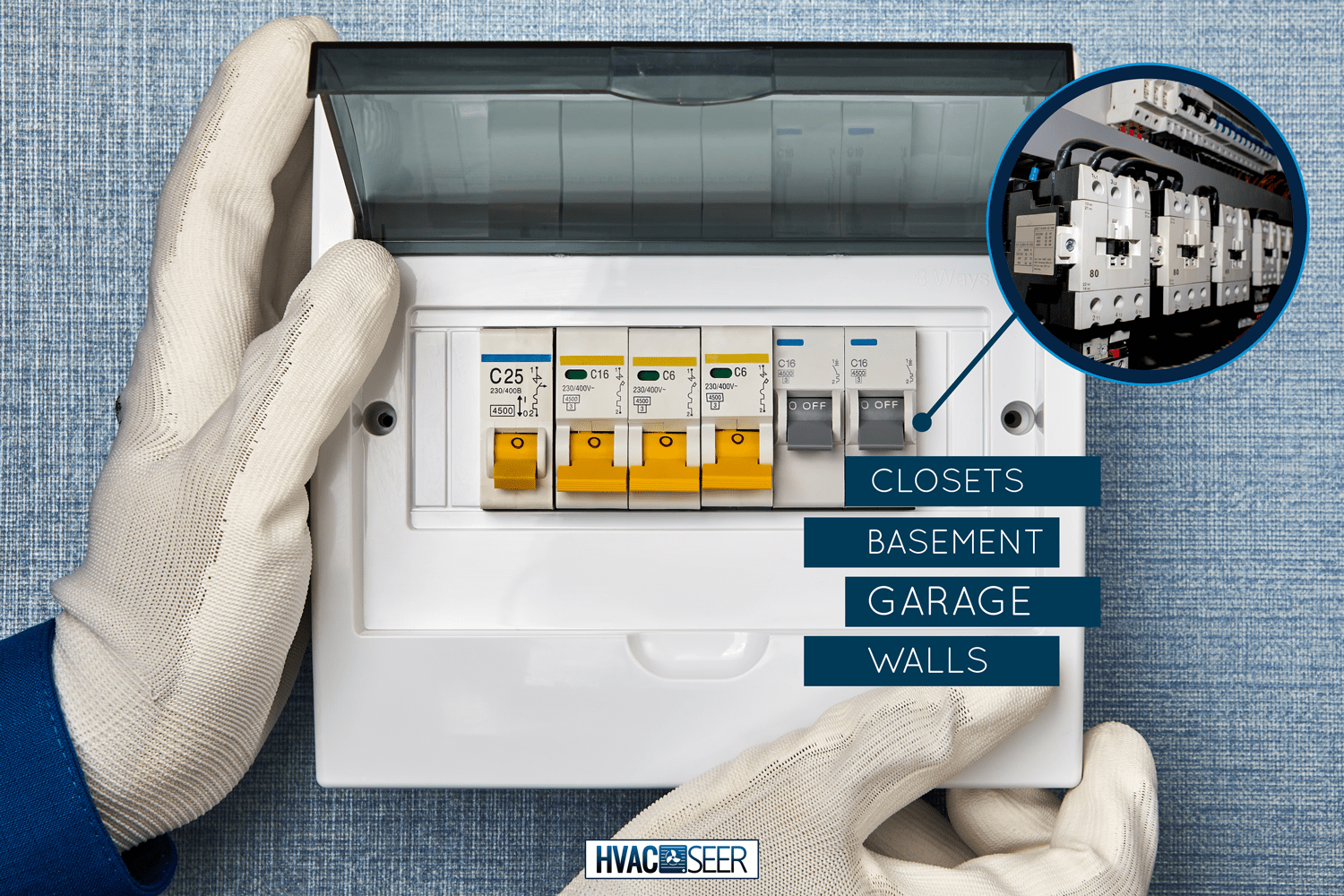
What Other Kinds Of Breakers Are There?
A circuit breaker triggers the system when it detects an abnormal current flow. The breaker stops its power supply to avoid serious harm to your air conditioner system.
Four main circuit breakers are available to safeguard your air conditioners and home. These will generally include:
Single Pole Breakers
The single box or a pole breaker can supply up to 120 volts at different amperages. This breaker is suitable for lighting fixtures systems and often uses 15 to 30 amps.
Double Pole Breakers
As its name suggests, a double pole breaker consists of two circuit boxes linked together to produce up to 240 volts of power.
This circuit breaker is ideal for home systems like your air conditioner unit or large appliances, particularly dishwashers and dryers.
Arc Fault Interrupters (AFCI)
This safety breaker cuts off all electricity when it detects an electrical arc. Usually, an electrical arc occurs when your breaker overloads due to improper or faulty wiring.
Ground Fault Circuit Interrupters (GFCI)
GFCIs also trip the power OFF as soon as they discover a short circuit in the electrical flow. Then it redirects the electrical charge to solid ground in the area around it.
There is no other way to safely operate all of your house's electrical appliances without using these breakers. A simple resetting procedure on your breaker will help your air conditioner unit to run correctly again.
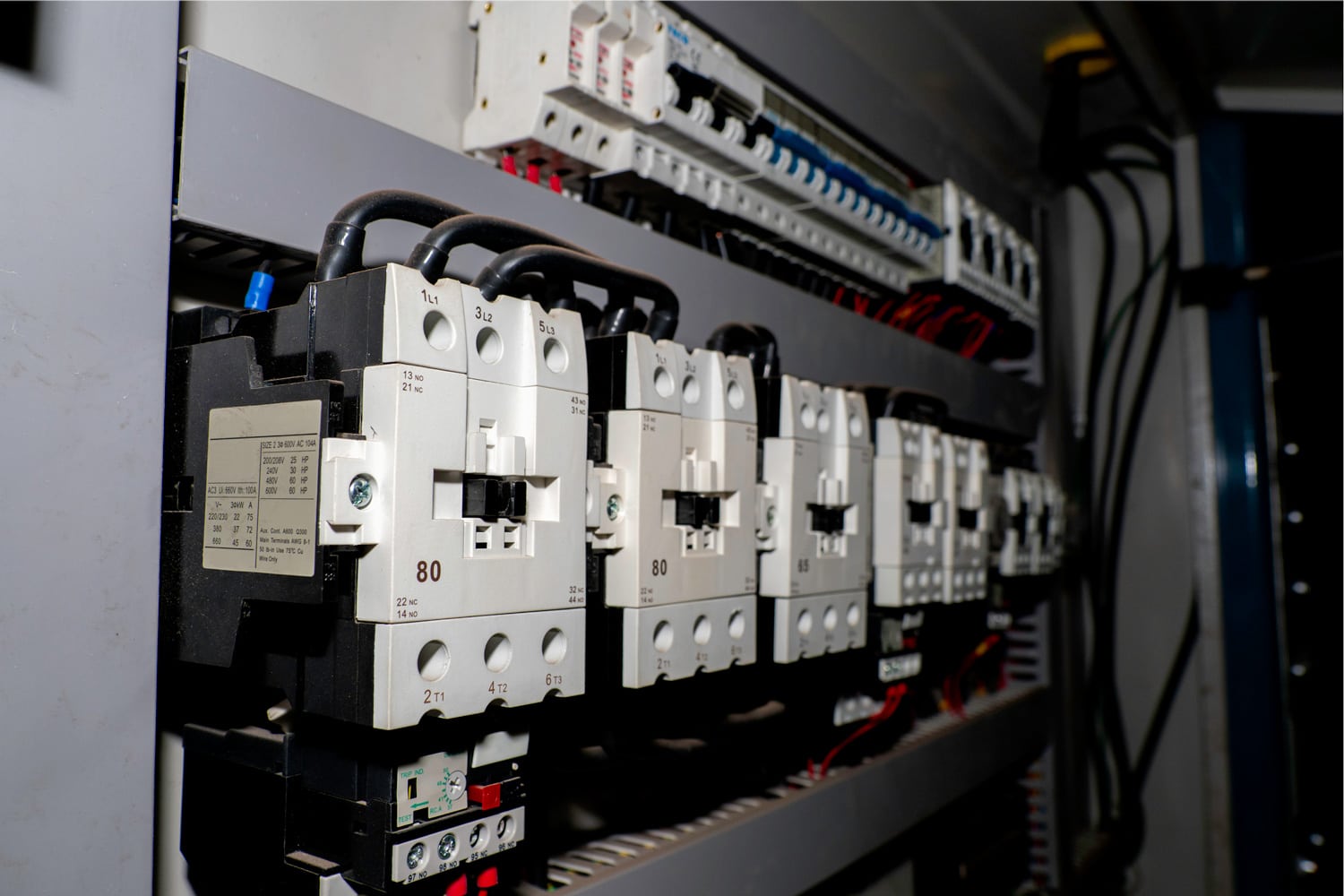
How Do I Reset A Tripped Circuit Breaker?
A circuit breaker's function is to trip or shut itself OFF at a specific amperage load. Thus, during a sudden power outage or short circuit, the circuit breaker will trip OFF, cutting the power instantly.
This process will help prevent your air conditioners or other appliances from getting inadvertent damage.
You should prepare some preventative measures/materials before starting. These include:
- Gloves
- Flashlight
- Safety glasses
- Ensure that your hands are dry.
- Also, your working surface condition must be dry as well.
Here's how you correctly reset your breaker:
- Shut OFF all the associated power supplies in the room where the trip issue occurs.
- Unplug all the appliances, including your air conditioner.
- Go to your breaker and ensure everything in that area is dry.
- Use your flashlight and open your breaker so you can access the breaker.
- Find the circuit breaker switch in the center portion of the box.
- Turn the switch to the OFF position and turn it back to ON again.
- Observe the breaker and whether it stays in ON setup steadily.
- If it doesn't trip again, you've finished the resetting process.
Let's say that the power is now stable; conduct a further check-up to track down the trip's cause.
You can do this by following these steps:
- Switch all your lighting fixtures.
- Plug in each appliance again one by one.
- Again, observe whether it can sustain the current load.
- The breaker will trip whichever devices cause it to trip OFF after you plug them.
You can now identify what causes your breaker to trip OFF and avoid this from occurring again.
WARNING! Performing the resetting procedure will require extensive electrical knowledge. We strongly suggest calling a certified electrician to do this job for you.
What Causes An AC Breaker To Trip?
Generally, several potential causes for your air conditioner's breaker to trip OFF. The common cause of this issue is when the breakers are not receiving enough electrical supply.
In addition, this might also be due to an improper wiring installation, causing the current flow to overload or short circuit. Diagnosing your HVAC system is a job only an HVAC specialist can precisely perform.
Still, you can do an initial assessment to narrow down what causes the issue.
Dirty Filter
A dirty filter can restrict airflow and increase the temperature of the air conditioner units. When this occurs, the breaker will trip to stop the air conditioner from running. It is advisable to clean your AC filter every 30-60 days.
Furthermore, tripping your breaker indicates that your breaker is operating effectively.
Check out this filter on Amazon here.
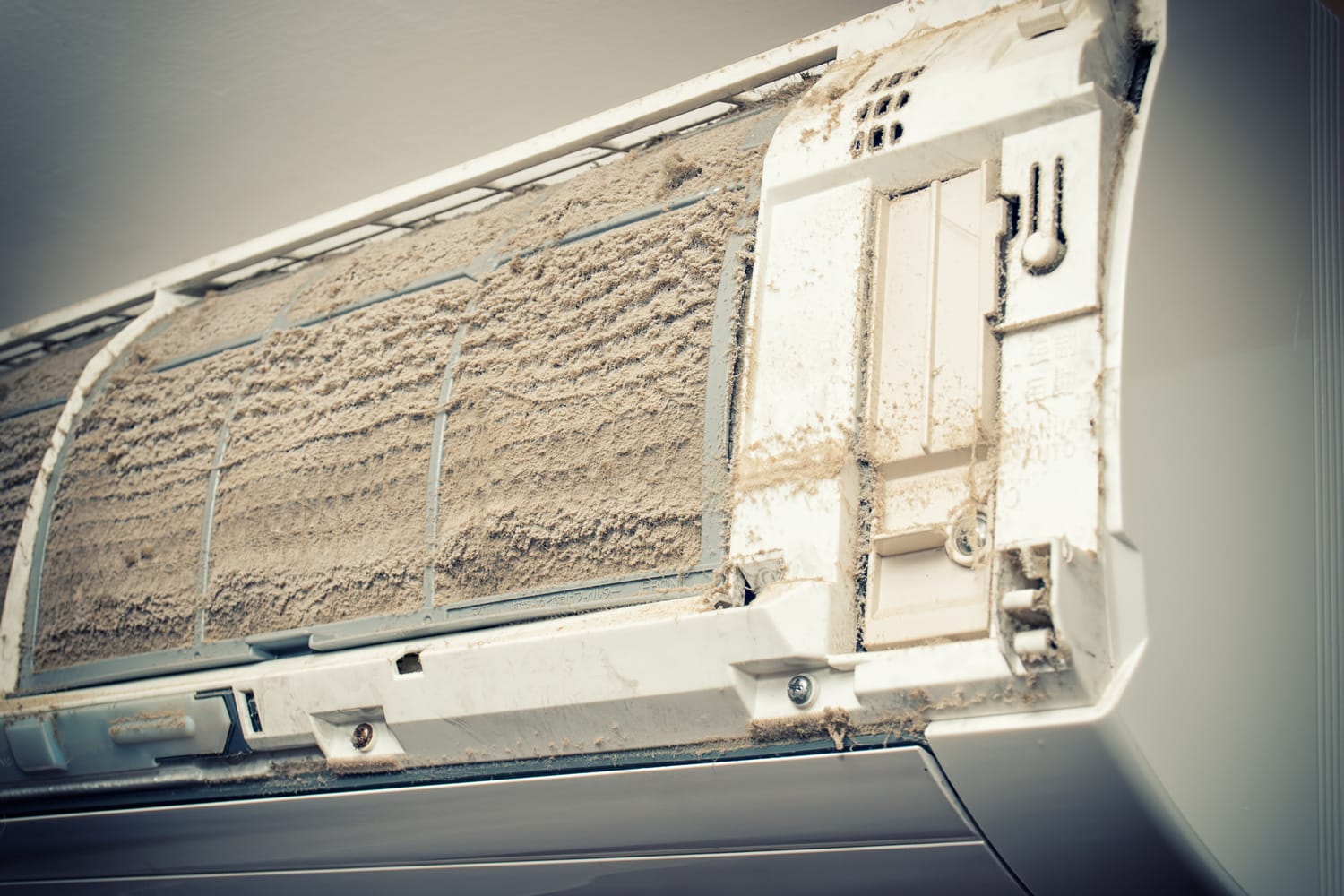
Dirty Condenser Coils
Indoor heat cannot be sent to the outdoor unit when the condenser coils are dirty. The air conditioner may overheat due to a power short circuit and afterward trip its breaker.
Damaged Coil Fan
Your air conditioners use coil fans to deliver cool air into your house, which is also run by a motor—operating your air conditioner with a broken coil fan results in its motor working much harder.
Over time, you'll increase the chance of overheating your AC. Hence, its breaker will certainly trip OFF to avoid damaging the other components of its cooling system.
Broken AC Capacitor
The capacitor is vital for your air conditioner to provide enough energy to kick in the system. If your air conditioner has a broken capacitor, it won't start the system right away.
During this event, your breaker will come into play, preventing the operation from breaking down your air conditioner.
How Do You Identify A Bad Circuit Breaker?
Identifying a bad circuit breaker may sound like only a professional electrician can do this. Luckily, there are signs that you can easily spot just by simple proactive observation.
Here are a few signs that indicate you have a bad circuit breaker:
- Overly old circuit breaker.
- The breaker always trips OFF.
- It doesn't stay on a RESET mode.
- Damage is visible in the breakers panel box.
- During its operation, you can smell a burning odor.
Is There A Switch On The Outside Of An AC Unit?
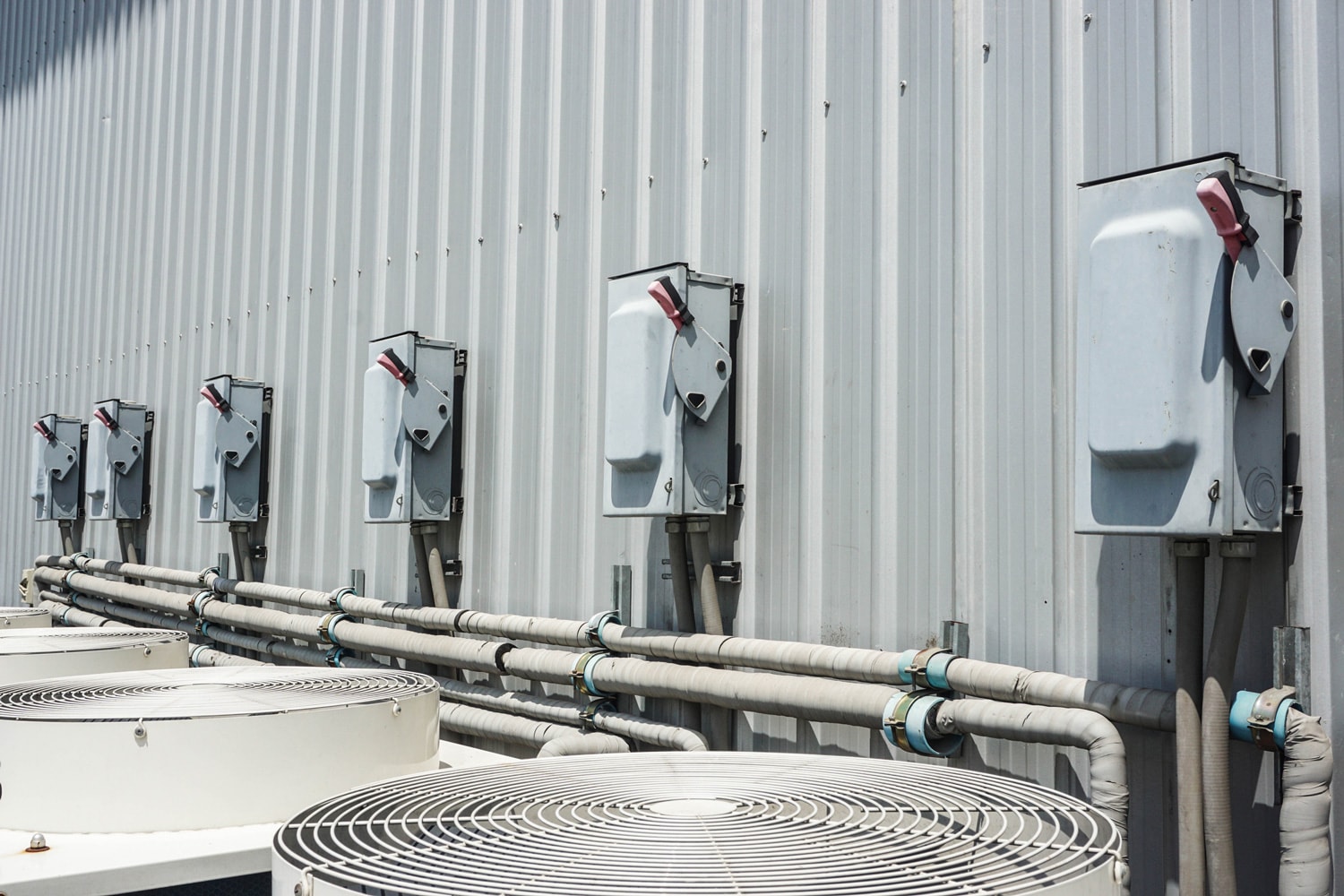
The outdoor compressor or condenser unit has a service or disconnect switch for the air conditioning system. Usually, you can find this switch on a building wall next to the outside unit.
The purpose of an air conditioner's disconnect switch is not to power on and off your HVAC system when it is operating. Instead, it allows the HVAC technician to work safely on the machine by cutting off its power supply.
In fact, in 2011, the National Electronic Code (NEC) ordered all electrical appliances must have a disconnect switch.
This will helps you or your technician to easily access the switch during a repair or if it needs servicing.
How Far Should A Disconnect Switch Be?
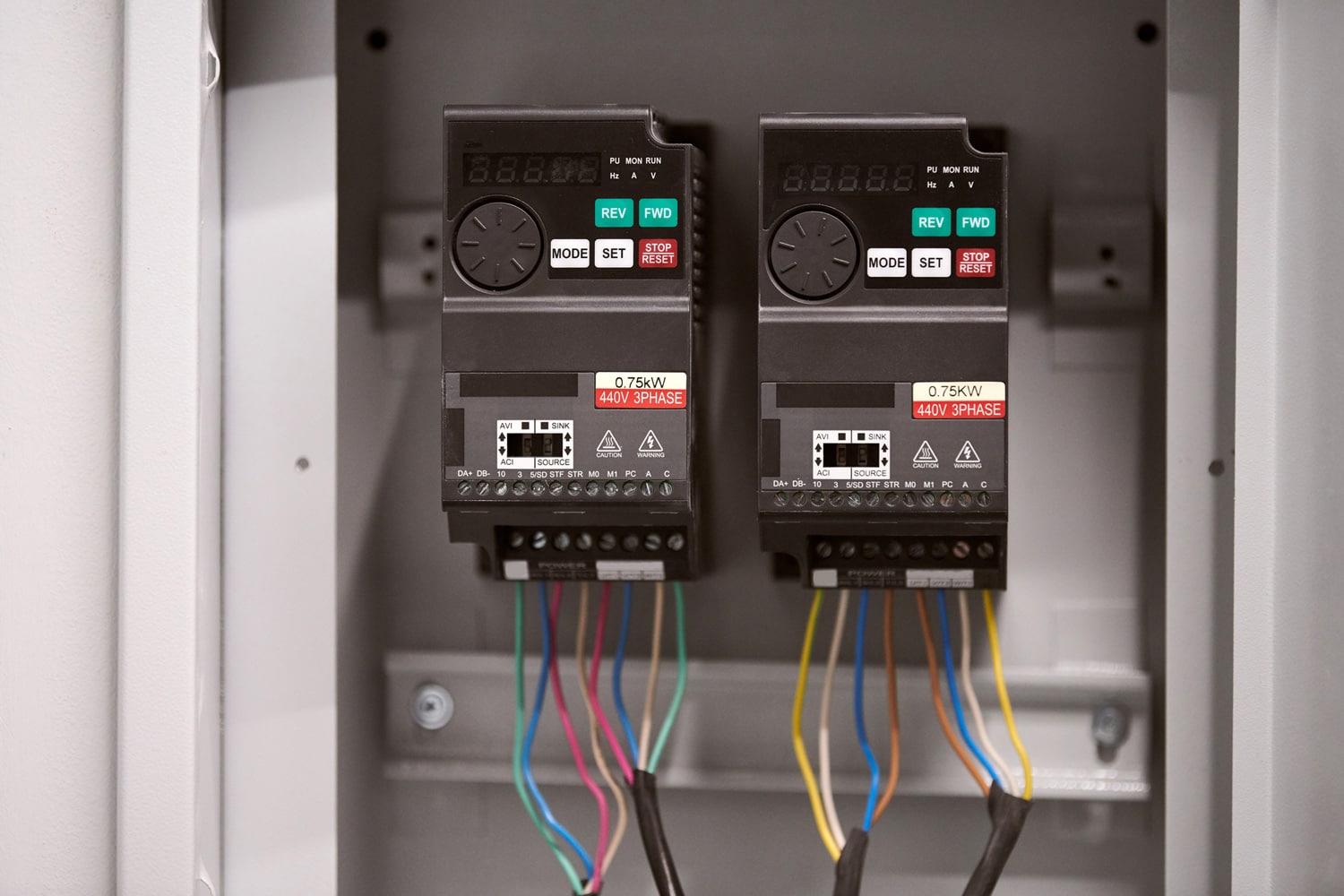
According to Section 430.102(A), you must put a disconnect switch in sight of the controller. It is necessary to take a closer look to provide safety protocols between the two components to have convenient access to them.
You must adhere to the Code's ideal distance of 50 meters between the disconnect switch and the controller.
So an electrical installation that complies with the minimum requirements will always be safe and clear of risks to people and property.
To Wrap Things Up
Your circuit breaker serves a significant role in keeping the correct current flowing into the HVAC system. Moreover, your HVAC system can't work effectively and efficiently without a well-functioning breaker.
Knowing the ideal place of your air conditioner's circuit breaker will help you safely access it during maintenance or repair.
Throughout this article, we learn much about how you reset your breaker when it trips. We also share with you what causes your breakers to trip and how you avoid it.
We hope that using this information will help you maintain your air conditioner's circuit breaker.
Made it this far? Check out these helpful related posts below!

